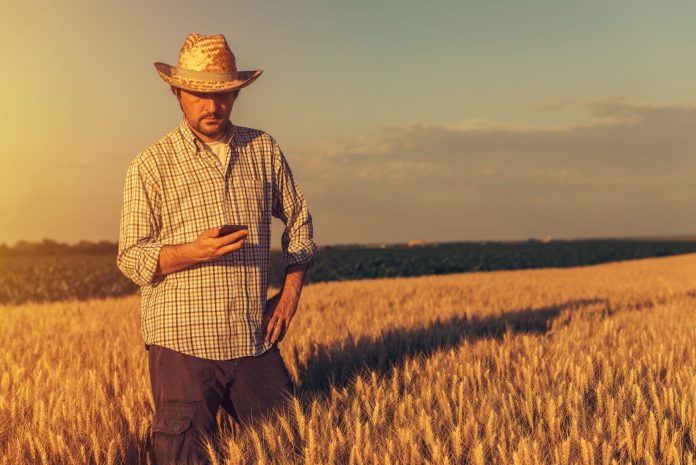When John Deere first began supplying agricultural tools in 1804, it was pitchforks and shovels; today, it’s connectivity and data
When John Deere first began its initiative to provide farmers with better connectivity, it was primarily dealership-focused, in the sense that it really only concerned itself with making sure John Deere was alerted to any issues a customer might be having with its equipment via a telecommunications base station.
However, as John Deere’s Director of Intelligent Solutions Nancy Post explained, the concept of a connected farm has become so much more. Now, as smart farming gains attention, more and more farms are making use of artificial intelligence, machine learning and the latest advances in cellular and wireless technology.
For those of us not from a rural environment, it might be hard to conceptualize what a modern farm looks like, what a farmer’s job involves, and just how technical of the farming industry has become.
“It’s pretty amazing how connected a modern farm is,” Post offered, adding that there are 167 million connected, or as the industry says, engaged, farm acres globally.
“Farmers are dealing with many complicated challenges,” Post said. “They have to make decisions quickly, they’re very pressed on time. If you think about planting, harvesting or any of the operations in between, there is a tremendous time pressure.”
Advances in technology have allowed John Deere to continue to challenge the previous notion of a connected farm—as described above—in a way that, according to Post, was previously unprecedented for any piece of the company’s equipment.
John Deere’s aim is to enable the flow of information necessary to perform those tasks with a downtime as “close to zero as possible” by gathering and analyzing data in order to optimize operations. In addition, farmers have access to their data, as well, allowing them a gain better insight into their operations.
“As we have evolved, we are expanding the data that we collect and the data that we deliver,” she said.
To demonstrate how John Deere leverages AI and machine learning to provide solutions to its costumers, Post offered the example of gains being harvested by a combine.
Cameras on the machine’s clean grain elevator and tailings elevator allow a farmer to see what’s going on inside the combine, and critically, a grain analysis feature shows what is free grain vs. foreign material.
This is highly important because the quality of the grain directly determines how much a farmer will get paid for it. “We want the cleanest grain, so that when you try to gain your monetary value for that grain, you don’t get docked for other residue in the grain,” Post elaborated.
And in the future, the company hopes to use AI to look at every single plant to determine if it a crop or weed. This will allow spraying of a chemical only on the weed, which would produce healthier crops and do less damage to the environment.
“Spraying is one of the most costly inputs that a farmer has,” said Post. “Our estimates are that a farmer could save up to 90% on their input with a technology like this.”
Lastly, John Deere’s goal is to have autonomous vehicle systems completing the harvesting, the planting, the spraying, and so on.
“Not every farming is going to leverage that capability,” Post reasoned, “but we want to be prepared for the farmers that do.”
As 5G comes into the mix, Post sees it as a technology that could possibly enable optimization algorithms on an ongoing basis, which the company is not currently doing because of the amount of image processing required to do so.
“When we want to optimize our algorithm, we do separate data logging. I think 5G could be the way to optimize that solution,” she said.
Another 5G use case that Post shared is streaming the images directly from John Deere vehicles as they’re captured by the cameras that then enable the AI. Today, the size of the images makes this impossible.
But, according to Post, John Deere is in the early stages of its 5G investigations. “We do believe that we can leverage 5g solutions to the advantage of our customers, but we haven’t really defined how we will do that yet.”
One of the final pieces of the modern farm discussion is around coverage. It’s news to no one that the quality of connectivity depends on location, and that in general, those living in rural communities have fewer connectivity options and slower internet and cellular service than those residing in more densely populated, urban cities.
“The rural nature of what we do, we definitely have gaps in coverage,” Post stated. Naturally, gaps in coverage reduces the number of engaged acres.
Post referred to the issue of rural coverage as a continuous “hot topic” for John Deere. “We have all the solutions, but if [a farm is] not connected, we can’t provide the solution for [it]. We need that connectivity, and we want it to be full coverage,” she said.

